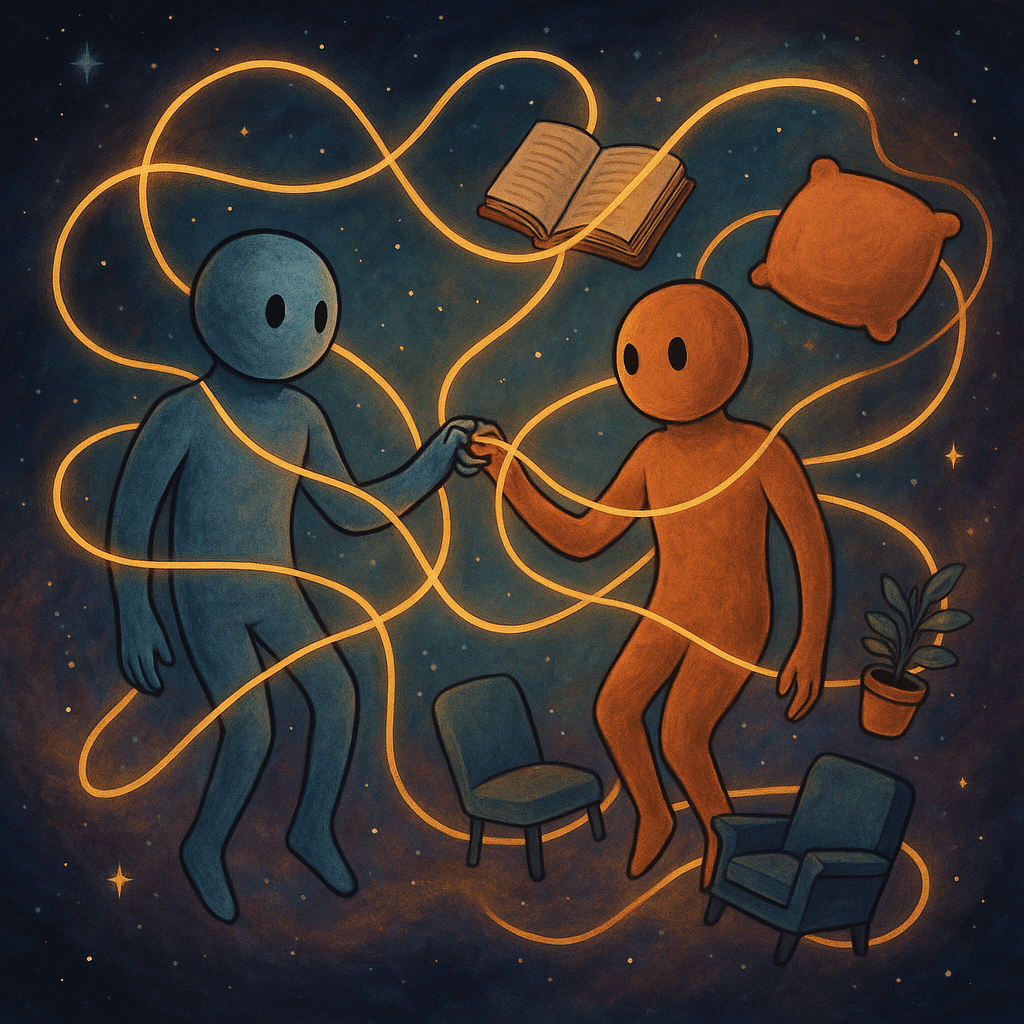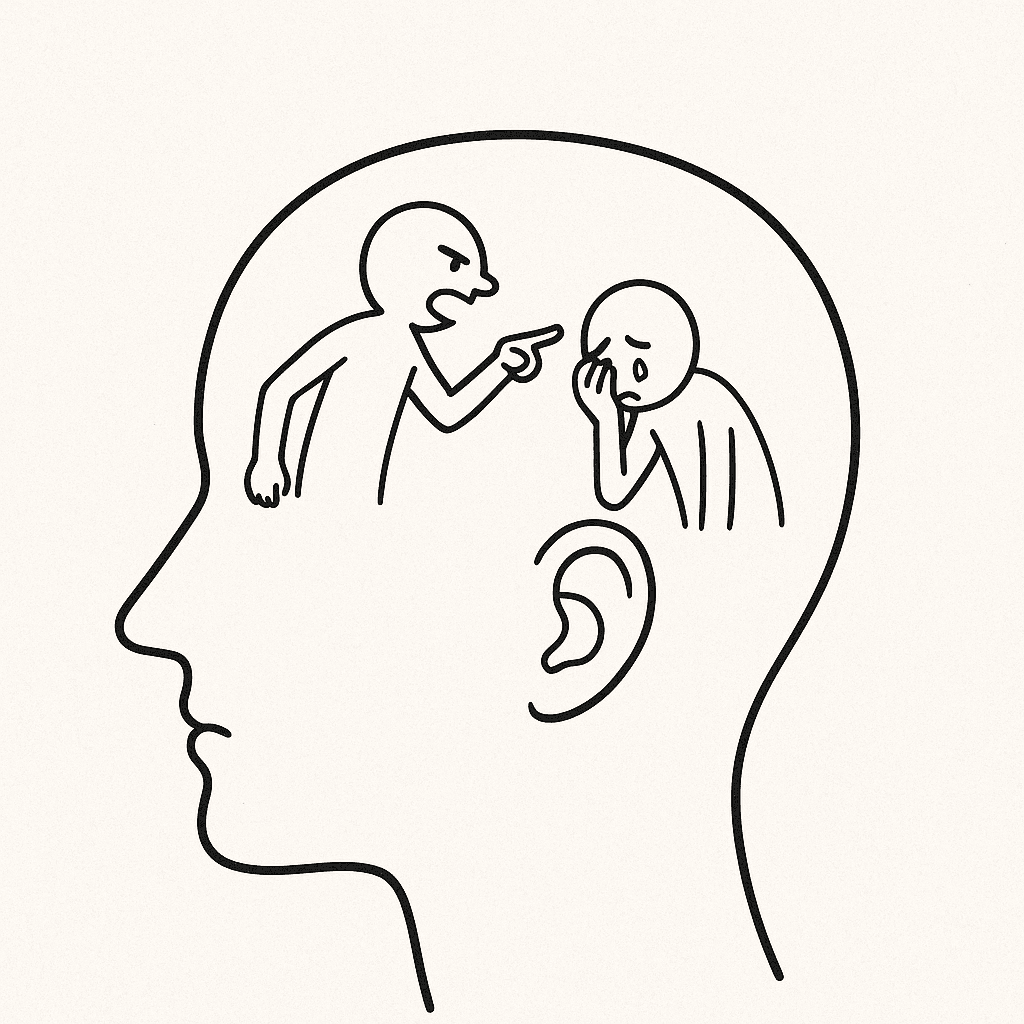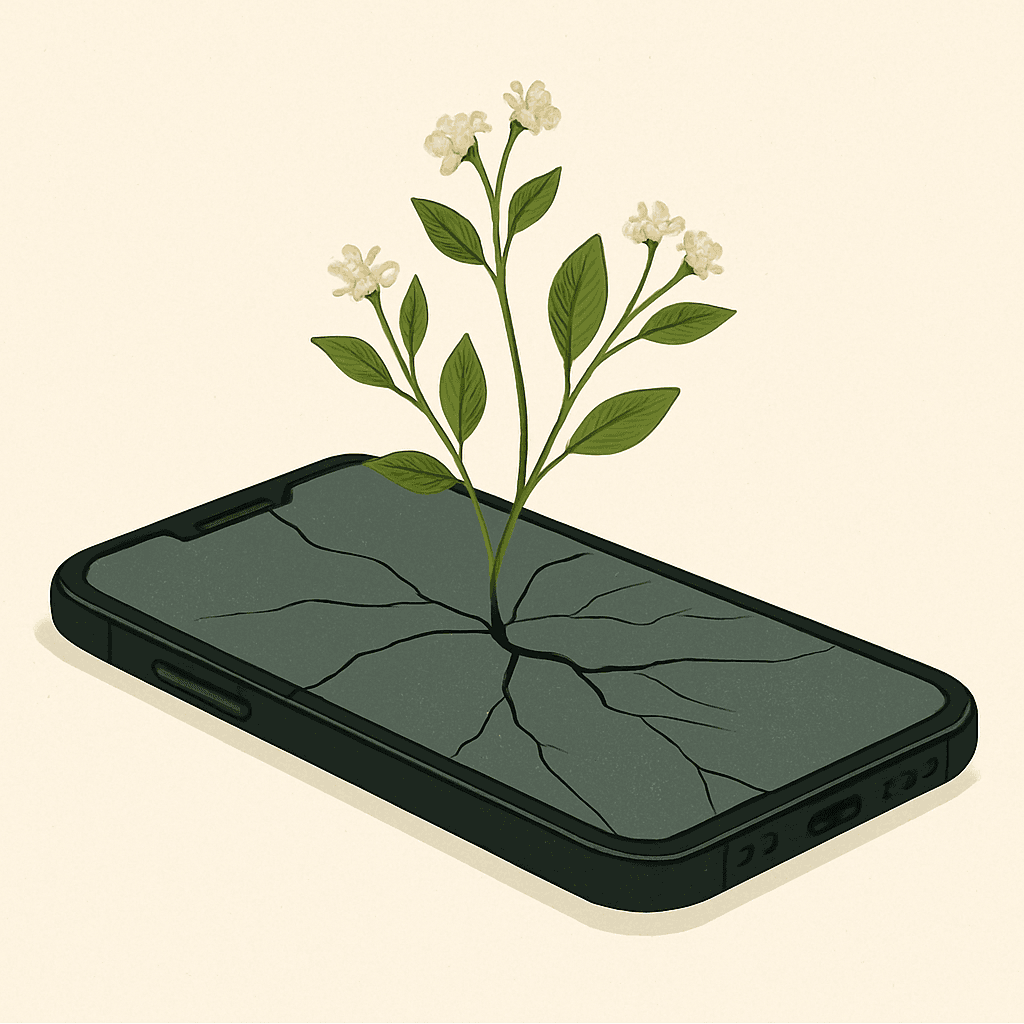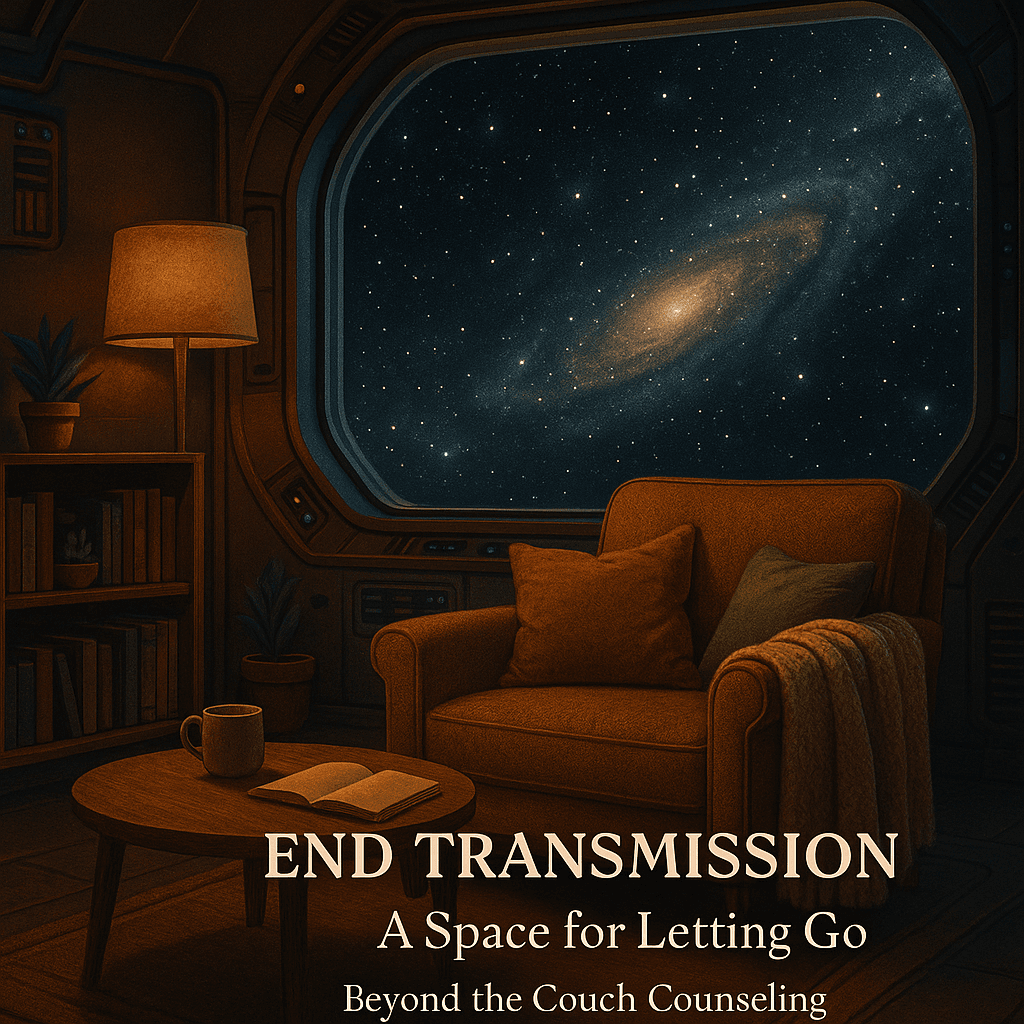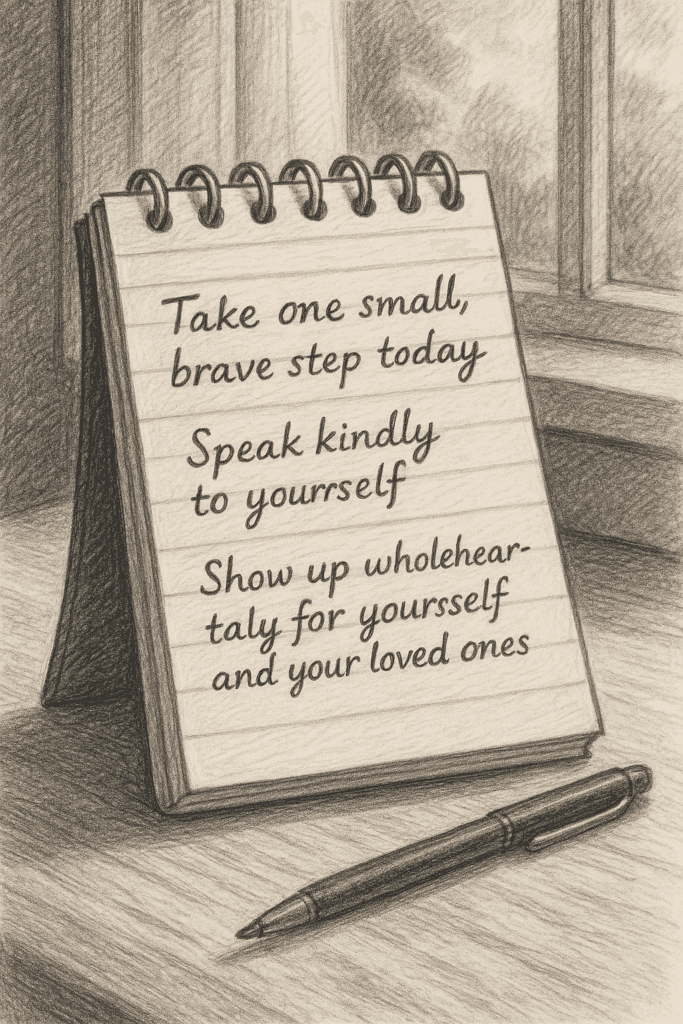So. You’re trying to connect with another human.
How precious.
How horrifying.
How fundamentally noble and also deeply, laughably messy — like trying to play Jenga during an earthquake while blindfolded and emotionally constipated.
If you’ve ever wondered why relationships can feel like warm starlight one minute and emotional quicksand the next, congratulations — you’re not broken. You’re just wired with an ancient survival algorithm known as attachment, and it’s got you on a leash made of both longing and terror.
Let’s take a brisk — slightly panicked — stroll through the universe of how you connect, cling, retreat, and (hopefully) love.
Chapter One: The Primordial Ooze of Closeness
Long ago (about 15 minutes after you were born), you had one job: survive.
You didn’t have a sword. You didn’t have money. You couldn’t even hold your own head up. So you did what every intelligent life form does when helpless: you screamed until someone fed you, wiped your butt, and hopefully looked into your tiny face with something resembling love.
Attachment is the biological gamble that if you bond to someone, they’ll keep you alive.
Spoiler alert: It worked. You’re reading this, after all.
But here’s the catch: that same system still runs your adult relationships. Only now you’re screaming inside your brain instead of out loud. Usually.
Chapter Two: The Four Horsemen of the Attachocalypse
Let us now meet the main players in the Great Interstellar Drama of Loving and Being Loved:
1. Secure Attachment (a.k.a. The Unicorn)
You trust people. You’re warm. You communicate. You don’t implode if someone takes 90 minutes to text you back.
How?
No one knows. You are an evolutionary miracle. Cherish this. Never gloat.
2. Anxious Attachment (a.k.a. The Human Velcro)
You crave closeness like oxygen but fear abandonment like it’s a black hole. You refresh their Instagram stories and read subtext like it’s a sacred manuscript.
You love hard. But you’re also on high alert, scanning for evidence that they’re about to leave, ghost, or suddenly decide they’re polyamorous with your dentist.
3. Avoidant Attachment (a.k.a. The Space Cowboy)
You like people. Sort of. In theory.
But the moment things get real? You build an emotional fortress so high it gets its own weather system. You retreat. You intellectualize. You say things like “I just need space” and then feel weirdly empty when you get it.
You long for love, but connection feels like suffocation with scented candles.
4. Disorganized Attachment (a.k.a. The Galactic Ping-Pong Ball)
You want intimacy. But you also expect pain. So you swing wildly between anxious clinging and avoidant fleeing, like an emotional pinball in a machine built by Kafka and your high school ex.
You didn’t choose chaos. Chaos chose you.
Chapter Three: What Your Nervous System is Secretly Up To
Your attachment style isn’t a moral flaw. It’s your nervous system’s best guess for how to survive.
If closeness meant safety in your early years, you lean in. If it meant confusion, inconsistency, or neglect, you brace for pain. You don’t choose your wiring — but you can rewire.
It’s like being handed a starship built by someone else. You didn’t design the cockpit. But you can learn to fly it without crashing every time someone says “we need to talk.”
Chapter Four: Love is Not a Crime Scene
Here’s the shocking twist: real connection isn’t about always being chill, perfectly regulated, or mutually self-actualized under fairy lights.
It’s about repair.
It’s about saying, “I got scared. I pulled away. I panicked. I said something dumb.”
And hearing, “Yeah. Me too. Let’s try again.”
Secure people aren’t fearless. They’re just willing to stay in the room, emotionally naked, until trust is built on the wreckage of miscommunication.
That’s the good stuff. The cosmic jam. The actual point of all this madness.
Chapter Five: Reparenting Your Inner Space Lizard
If your internal world feels like a haunted house wired with trip alarms and suspicion, take heart. You can gently, slowly, lovingly teach your brain that intimacy isn’t a trap.
You can start by:
- Naming your triggers like beloved pets: “Ah yes, this is Abandonment Anxiety. She gets loud after people go silent.”
- Practicing micro-trust: sending the vulnerable text, asking for what you need, staying in the discomfort.
- Creating relationships where both people agree: “Hey, let’s not weaponize each other’s wounds. Deal?”
You don’t have to be perfect to attach securely.
You just have to stay curious, kind, and open to repair. Which, incidentally, is also how you should treat old toasters and existential dread.
Chapter Six: Therapy Is Basically Galactic Navigation School
Attachment work in therapy isn’t about “fixing” you. It’s about becoming fluent in your own emotional dialect — and learning not to panic when someone else speaks a different one.
You’ll learn to notice when your amygdala starts screaming “ABANDON SHIP,” and instead of ejecting emotionally, you breathe. You stay. You speak.
Eventually, your body will realize that love doesn’t have to feel like a trap door.
It can feel like a window, quietly open, with sunlight pouring in.
Final Transmission: You Were Never Meant to Orbit Alone
To love is to risk. To attach is to bet on connection even when it has let you down before.
And yet — it’s what you’re wired for. It’s why babies reach. Why poems get written. Why you keep swiping on dating apps even after three situationships and one minor emotional implosion.
Because somewhere, deep down in the electric jelly of your soul, you still believe in closeness. In being held. In someone choosing to stay.
Let that belief guide you home — again and again.
Need Help Rewiring Your Attachment Starship?
At Beyond the Couch Counseling in Grand Rapids, MI, we specialize in helping humans navigate the wild, weird terrain of love, anxiety, boundaries, and those suspicious feelings that surface when someone texts back “k.”
Whether you’re avoidant and exhausted, anxious and overanalyzing, or somewhere in between — we’re here. No judgment. Just space to unfold and reconnect with the part of you that still believes love is worth the risk.
🪐 Book your journey today (Free 15-minute Phone Consultation).

